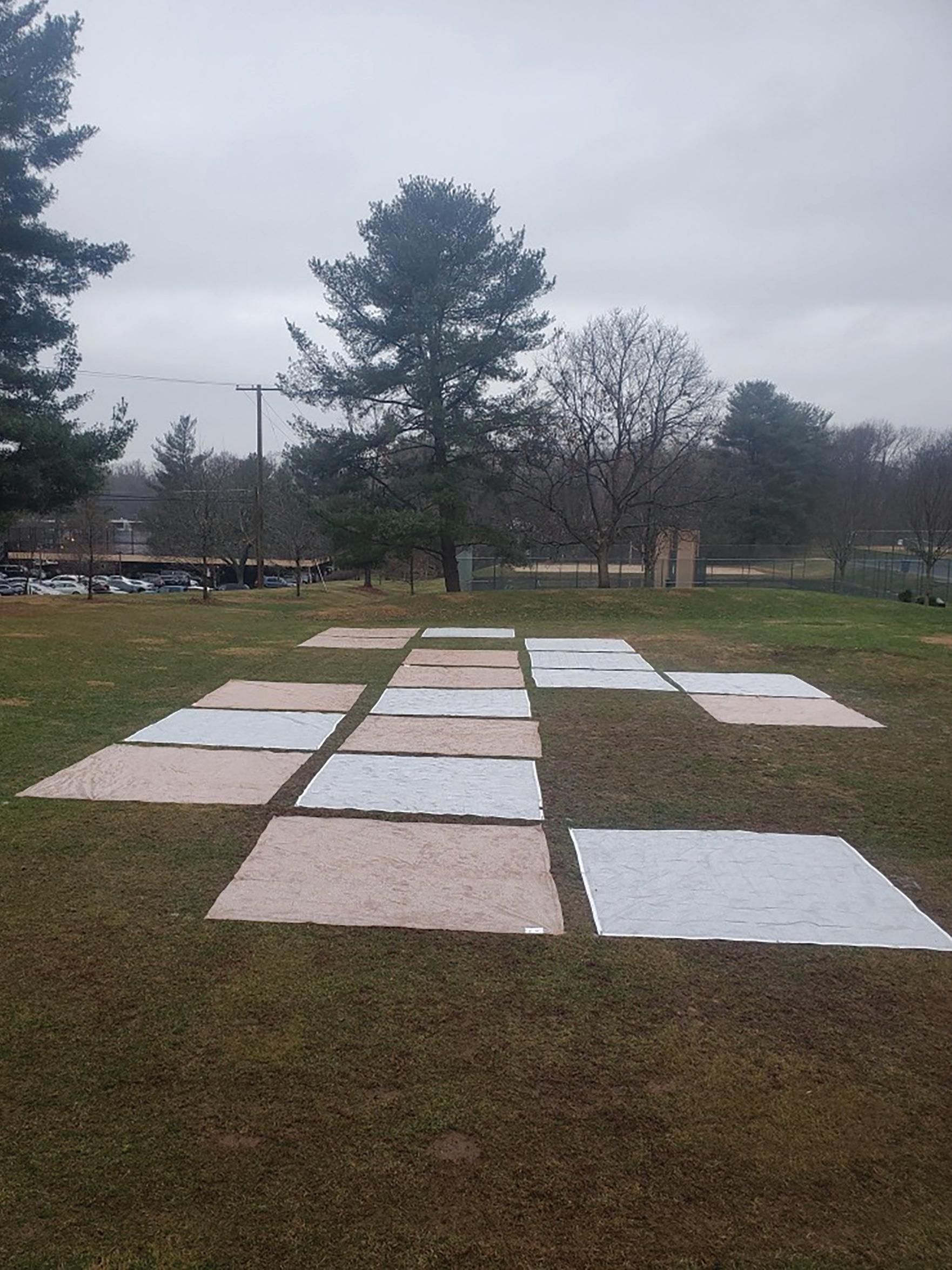
2 minute read
Research Update from UMD
University of Maryland Early Dormant Sprigging Cover Study
By Geoff Rinehart, Institute of Applied Agriculture, University of Maryland
Advertisement
As the use of bermudagrass for sports fields has increased in the Mid-Atlantic in the past 5 – 10 years, sports field managers and golf course superintendents have experimented with establishment approaches to convert their existing cool-season turfgrass surfaces to bermudagrass. While sodding is the quickest, easiest method for converting to bermudagrass, it is also the most expensive. Sprigging, either via sprigs already “chopped” or via a “sodto-sprig” machine, often has a lower capital cost and is common among parks departments and schools looking for a lower cost alternative to bermudagrass conversion. Sprigging approaches have not only included embarking on sprig establishment in the mid-late Spring during warmer weather when the Bermudagrass would be actively growing, but in recent years have also included “dormant sprigging” by planting sprigs in February or March, particularly on sites with limited irrigation in the hope that sprigs will be preserved in place with relatively high levels of soil moisture and start to grow when temperatures warm up and become conducive to sustained bermudagrass growth. Another benefit of sprigging during the dormant season is that many turfgrass managers have more time to devote to such a project during the “dormant season” as compared to the spring start of the season.

Sprigging Cover Study
With this backdrop in mind, UMD researchers are collaborating with Maryland National Capital Parks and Planning Commission (MNCPPC). To research the feasibility of dormant sprigging very early in the dormant season, plots were established at Cabin John Regional Park on December 22. Plot treatments consist of two different sprigging rates planting sprigs via a “sod-to-sprigs” machine and covers from two different manufacturers are being evaluated versus a “no cover” control. Plots will be evaluated periodically through the winter and through establishment to evaluate the efficacy of the treatments and feasibility of pushing “dormant sprigging” earlier during the winter with the use of covers. •






